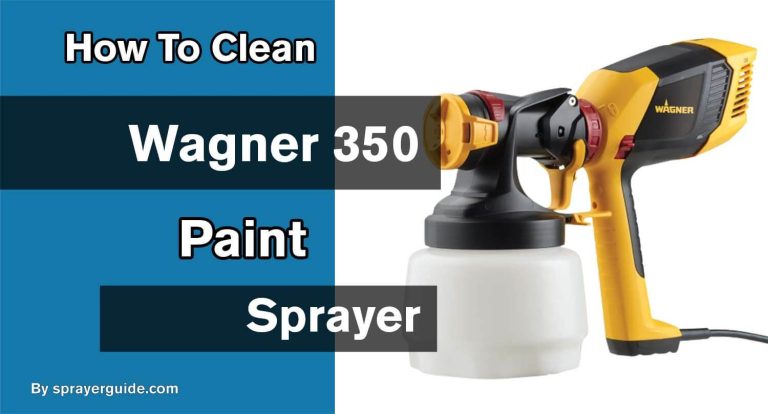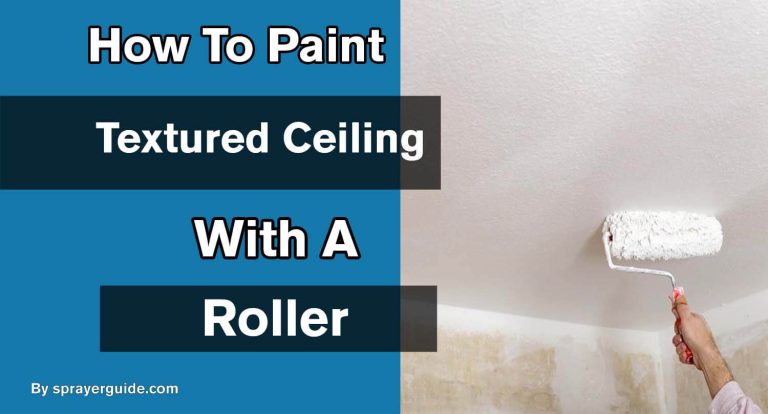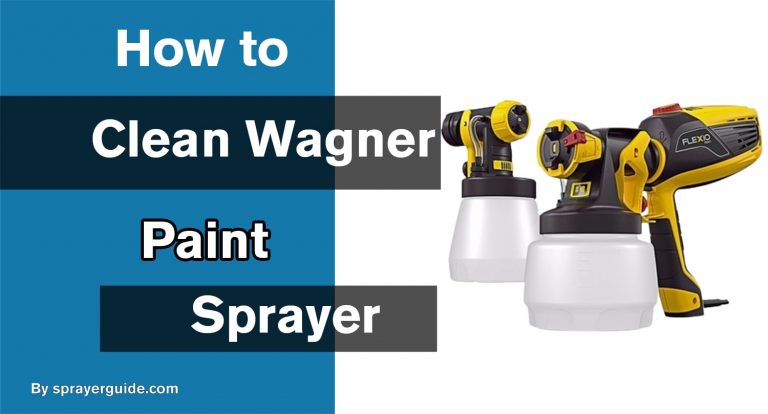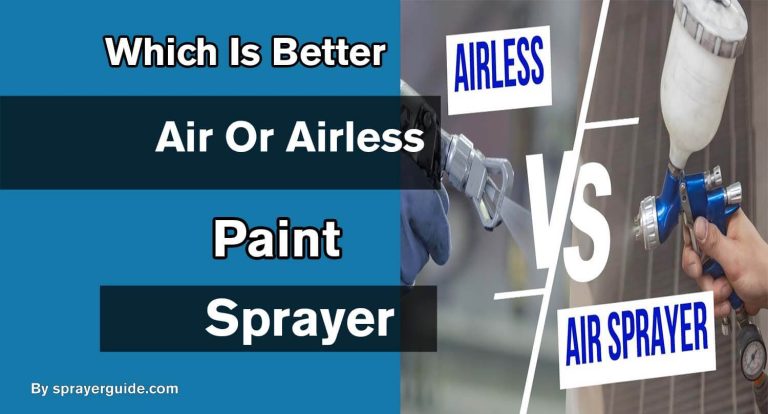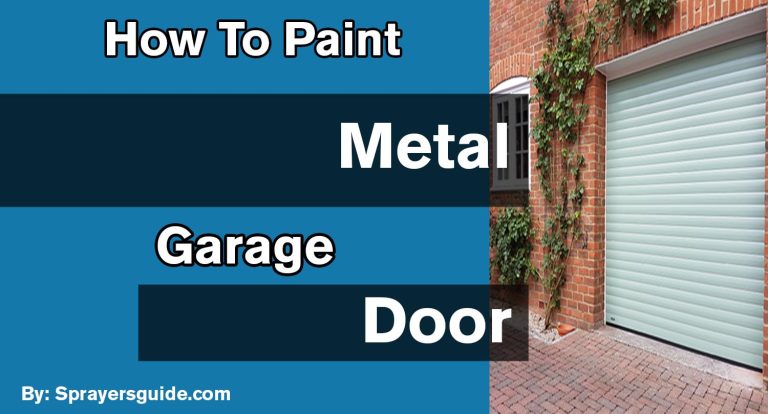Painting projects can be daunting, especially when faced with the dilemma of selecting the right tools. One such tool that often comes into consideration is a paint sprayer. In this guide, we’ll delve into what paint sprayers are, when to use them, the different types available, and the features to consider when purchasing one. By the end, you’ll have a clearer understanding of how to choose the best paint sprayer for your project.
What is a Paint Sprayer?
Paint sprayers serve as efficient alternatives to traditional tools like brushes and rollers. They utilize electricity, gas, air compressors, or battery power to apply paint or stain evenly onto surfaces, yielding a consistent finish. With various power levels, adjustability options, and price points, there’s a wide array of sprayers catering to different needs and preferences.
The Different Types of Sprayers
Airless Paint Sprayers
Airless sprayers are ideal for medium to large projects, thanks to their ability to pump out paint under pressure, ensuring even coverage. These sprayers are powerful and can handle thicker paints and primers efficiently, making them suitable for tasks such as painting home exteriors, fences, and large interior spaces.
High Volume Low Pressure (HVLP) Paint Sprayers
HVLP sprayers are perfect for small to medium-sized projects. They utilize high-volume, low-pressure technology to atomize materials into fine particles, resulting in a smooth, professional finish. Common projects include painting furniture, cabinets, and rooms, among others.
Pneumatic Air Sprayers
Pneumatic air sprayers utilize compressed air to apply paint, offering a smooth and even finish. Although they require a separate air compressor, these sprayers are great for smaller projects like furniture, cabinets, and automotive painting.
Wagner’s Sprayer Offerings
Wagner, a renowned brand in the sprayer industry, offers a range of models to cater to diverse project needs:
- Control QX Series: Ideal for staining small to medium-sized decks, fences, or patio furniture.
- FLEXiO Series: Suitable for painting small to medium-sized decks, furniture, cabinets, sheds, and interior walls.
- High-Efficiency Airless Series: Designed for large projects requiring unthinned paint or stain, with significantly less overspray compared to other airless sprayers.
How To Select The Best Paint Sprayer For Your Project?
Selecting the best paint sprayer for your project involves considering various factors to ensure efficiency, quality, and suitability for your specific needs. Here’s a guide to help you make an informed decision:
Project Type and Size:
Determine the scope and scale of your project. Are you painting a small room, a large exterior surface, or intricate furniture? Different sprayers are designed for different project sizes and types.
Sprayer Type:
There are three main types of paint sprayers: airless, HVLP (High Volume Low Pressure), and handheld.
- Airless sprayers are suitable for large projects like painting walls and exteriors.
- HVLP sprayers are ideal for finer finishes and smaller projects like cabinets or furniture.
- Handheld sprayers offer portability and are suitable for small touch-ups or detail work.
Paint Compatibility:
Consider the type of paint you’ll be using – latex, oil-based, stains, or lacquers. Ensure that the sprayer you choose is compatible with the type and viscosity of your paint.
Pressure Control:
Look for a sprayer with adjustable pressure settings. This allows you to control the flow of paint, achieving the desired finish for different surfaces and coatings.
Spray Pattern and Nozzle Options:
Choose a sprayer with adjustable spray patterns (horizontal, vertical, round) and interchangeable nozzles. This versatility enables you to customize the spray pattern according to the project requirements.
Ease of Use and Cleanup:
Opt for a sprayer with user-friendly features such as easy assembly, comfortable grip, and simple cleanup procedures. Removable parts and easy-to-clean components will save you time and effort during maintenance.
Durability and Build Quality:
Invest in a paint sprayer made of durable materials that can withstand regular use and provide long-term reliability. Read customer reviews and consider reputable brands known for quality construction.
Portability and Mobility:
Depending on your project requirements, consider the weight and portability of the sprayer. If you need to move around frequently or work in tight spaces, a lightweight and compact design would be advantageous.
Noise Level:
Some paint sprayers can be noisy during operation. If noise is a concern, look for models with noise-reducing features or quieter operation.
Budget:
Set a budget based on your requirements and research sprayers within that price range. Consider the long-term value and quality of the sprayer rather than just the upfront cost.
By evaluating these factors, you can narrow down your options and select the best paint sprayer that meets your project needs, ensuring professional results and efficiency in your painting endeavors.
When Should You Use a Paint Sprayer?
Paint sprayers are versatile tools suitable for various projects, including:
- Interior/Exterior Spaces: Ideal for home exteriors, large buildings, fences, decks, and room makeovers.
- Furniture: Perfect for achieving a smooth surface on kitchen tables, outdoor patio sets, dressers, and decorative pieces.
- Woodworking: Enhance woodworking projects such as cabinets, trim, molding, and intricate DIY creations.
Conclusion:
In conclusion, selecting the best paint sprayer for your project involves considering factors like the type of project, size, and desired finish. By understanding the different types of sprayers available and their respective features, you can make an informed decision that ensures optimal results.
Frequently Asked Questions (FAQs)
Yes, most paint sprayers are versatile and can handle various types of paint, including latex, oil-based, and stain.
It depends on the type of sprayer and the consistency of the paint. Some sprayers require thinning, while others can handle unthinned paint.
While cleaning processes may vary among different sprayers, most modern models come with user-friendly cleaning features to simplify the process.
Yes, many home improvement stores offer paint sprayer rental services for short-term projects.
Proper preparation of the surface, including cleaning and masking, coupled with practice and following manufacturer instructions, can help achieve a professional finish with a paint sprayer.


